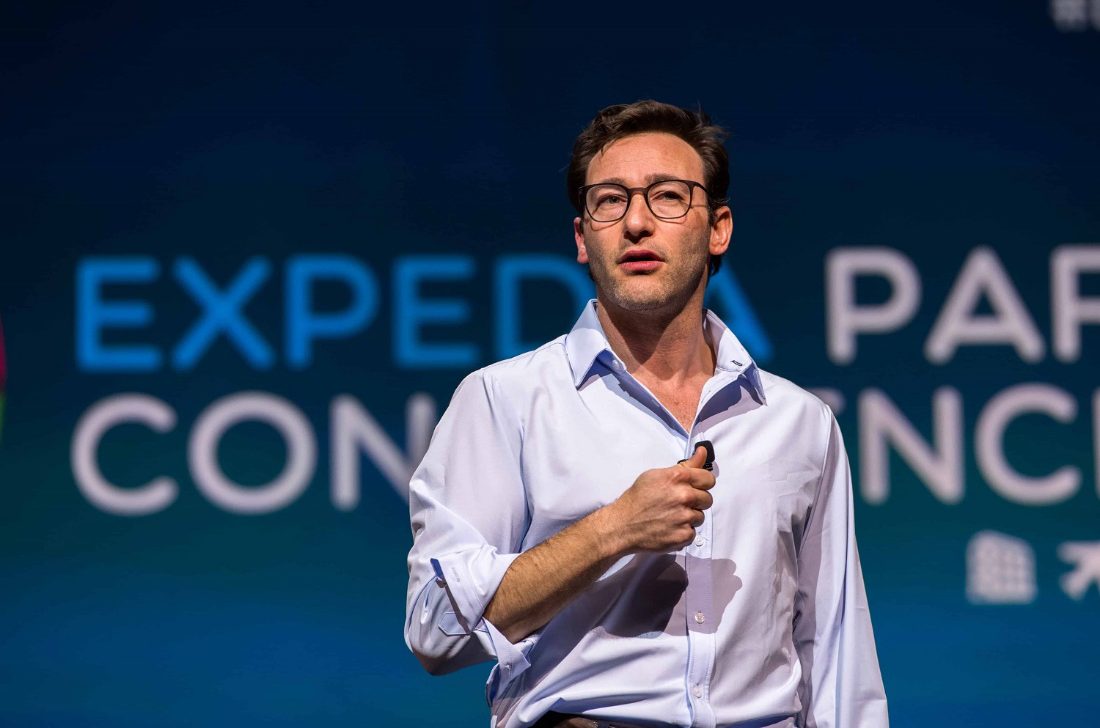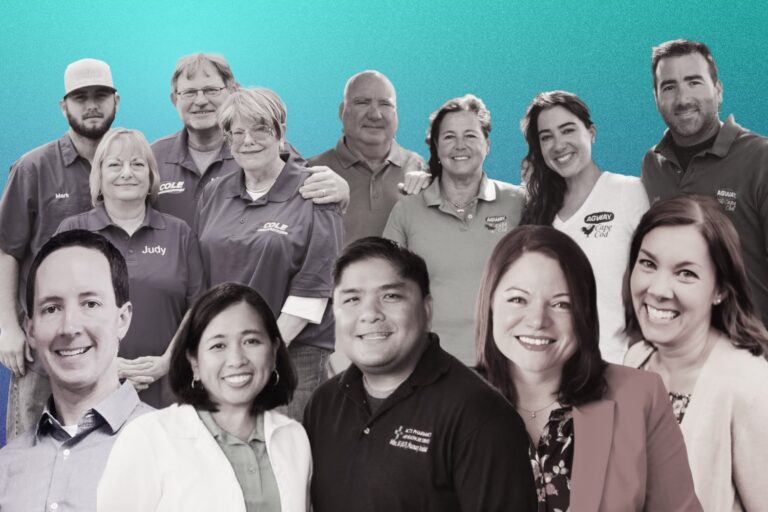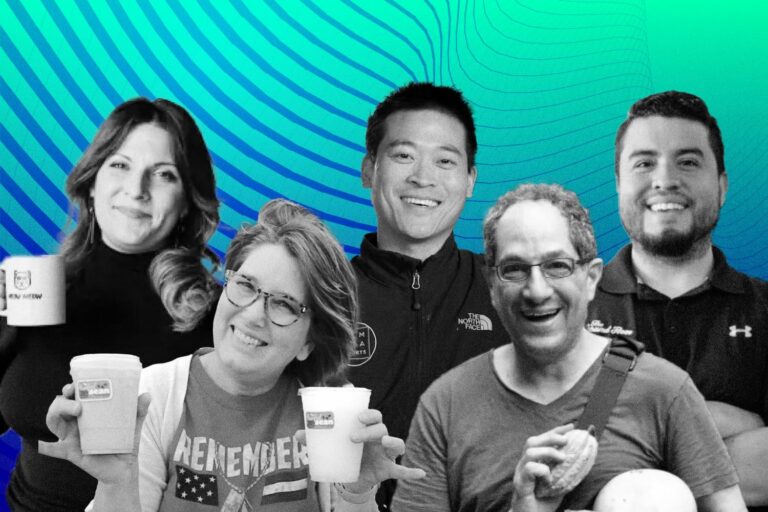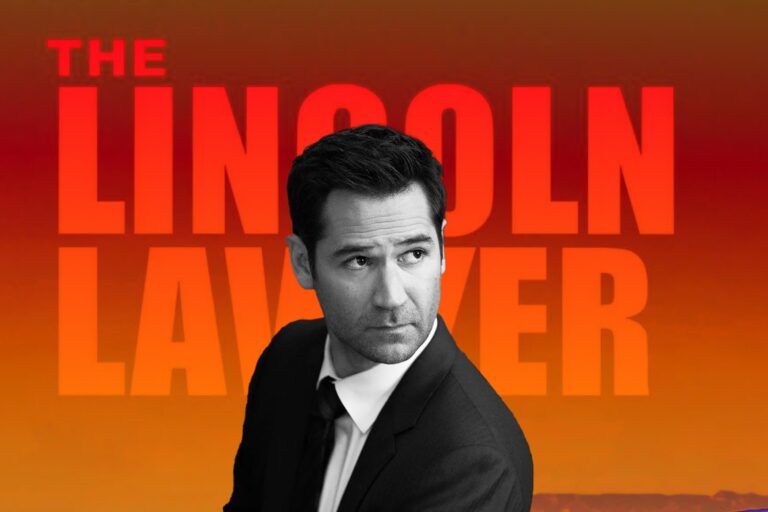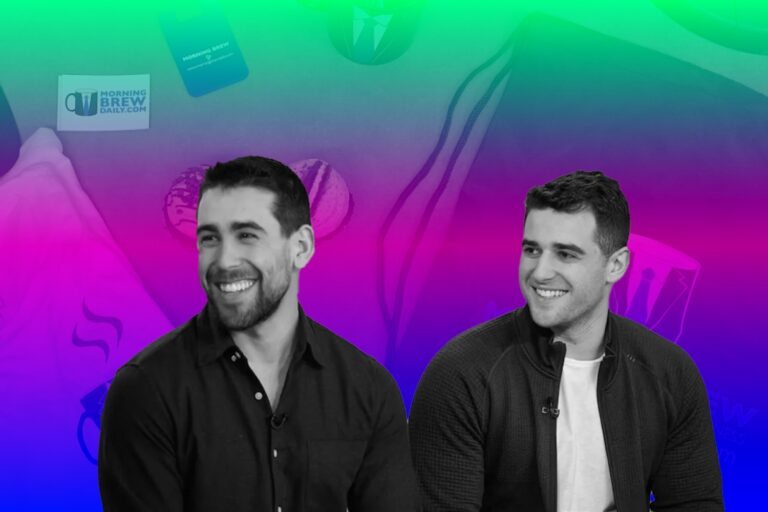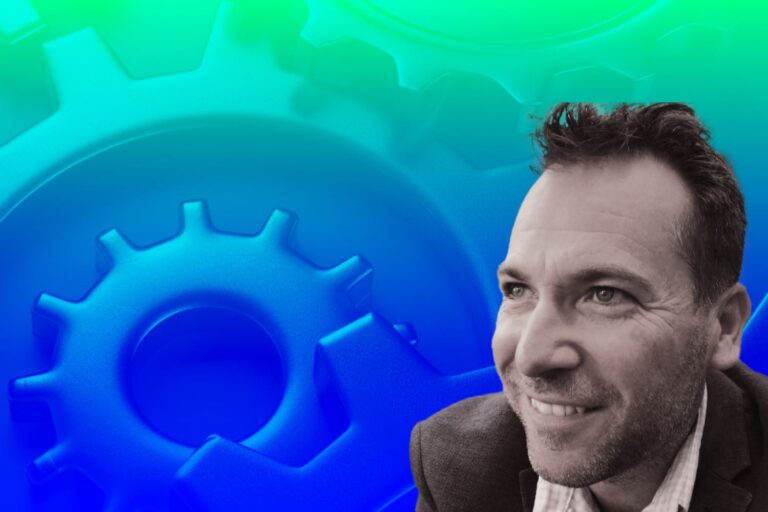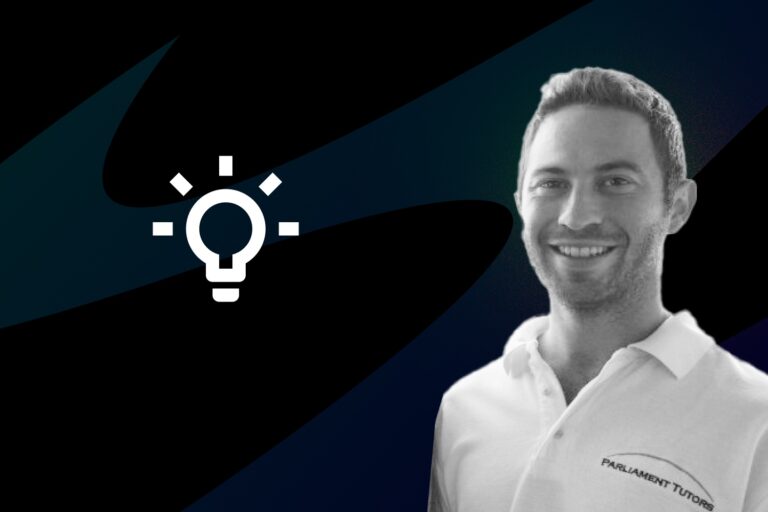Simon’s Infinite Mindset: The Goal Is to Last, Not to Win!
While 400,000 new businesses start every year, 470,000 small business will shut their doors in the same period. That’s a net loss of 70,000 businesses a year. Yet the United States has one of the highest rates of entrepreneurship in the world and has the highest confidence rankings by a decent margin.
Simon Sinek is an entrepreneur and author of multiple best-sellers including “Leaders Eat Last,” “Start with Why,” and most recently, “The Infinite Game.” After losing his passion during his first business venture, he realized the importance of understanding your purpose, in business and in life, and “starting with why.” He has been fascinated with how leaders and organizations can change the world and continues to write on patterns of thinking, acting, and communicating in the most successful ways.
Simon Sinek Biography: How Failure Inspired His Greatest Idea
Sinek’s areas of expertise are both broad and niche, ranging from the future of leadership and entrepreneurship to brand awareness and corporate culture. No matter the topic, he challenges traditional ways of thinking and offer us the chance to see things differently.
But more than that, he cuts through the conventional stories we’ve been listening to for decades and speak to a deeper part in each of us with a stirring message. He asks us “why” we do what we do, and dares us to do it with ethical fortitude and daring leadership.
Journey to “Why”
Simon Sinek shares his own experience and how he got to WHY in his personal life and his career in the Simon Sinek biography portion of “Start with Why”. He explains that in 2005, he found himself struggling. He’d founded his business in 2002, even though he knew that 90 percent of new businesses fail in the first three years. But he wasn’t deterred.
Over the next three years, his company stayed afloat and even succeeded. Sinek thought they beat the odds. This is a key moment in Simon Sinek’s biography.

But the fourth year was a different story. The novelty of running a business had worn off. He’d lost his passion and his WHY, which left him demoralized and depressed. Imposter syndrome set in, and Sinek became convinced he was a failure.
It took meeting Victoria Duffy Hopper, who explained the limbic brain and neocortex to him, to change his perspective. Suddenly, Sinek realized why people do what they do—which is the secret behind effective marketing. In that moment, he rediscovered his WHY.
From this point in Simon Sinek’s biography, he made sure that his WHY motivated all of his business decisions. Sinek went from worrying that he was failing to speaking about The Golden Circle and WHY all over the world. But more importantly, he explains that the only thing he changed was his mentality. By starting with WHY, he not only recaptured his own passion, he found himself is a position to inspire others, too. WHY has been Sinek’s path to success, and now he’s sharing it with you.
The English Longbow
In the Simon Sinek’s biography portion of Start with Why, Sinek gives an example that shows how starting with WHY: a) has always worked and b) is effective outside of business, too.
In 1415, King Henry V of England was marching into the Battle of Agincourt, one of the deciding battles of the Hundred Years’ War between England and France. Henry had already lost 40 percent of his troops, and he was about to square off against a much bigger, much healthier French army.
And yet, the English won because they had one piece of technology the French didn’t: the longbow. Archers could stand out of range of French artillery and still deliver devastating volleys of arrows onto the battlefield. The longbow created a tipping point, as did meeting Hopper in Simon Sinek’s biography.
But the arrows and bows themselves weren’t the tipping point: it was the arrow’s momentum. And yet again, the momentum doesn’t come originally from the arrow flying forward–the momentum develops when the arrow is pulled backward and cocked into place.
As Simon Sinek’s biography shows, the same thing applies to a company or organization, too. While it’s tempting to look forward and planning out how to get there, the power of WHY comes from looking inside your organization and figuring out your beliefs first. And that starts with you!
Why Most Entrepreneurs Fail: Know the Game You Play
“There is no such thing as winning business—it doesn’t exist. The problem is too many business owners, too many leaders don’t know the game they’re playing.”
– Simon Sinek
There is great wisdom in realizing both the brevity and the longevity of life. Most people understand that you don’t get to live forever. We have even created a sub-culture around the phrase YOLO — you only live once. We look at the brevity of life and determine that action must be imminent. We rush and try to cram as much as possible into the short number of days we have left.
But at the same time, there is wisdom in living and understanding that you will likely get more days than just tomorrow. Some things simply take time, and the best move is to show up, day in and day out, with concentrated effort. There is such a thing as a marathon mentality that embraces delayed gratification.
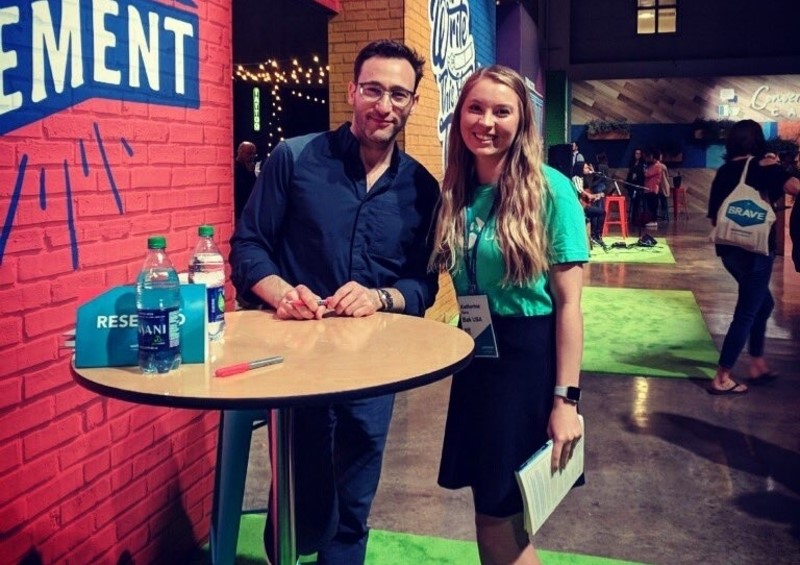
This is especially true if you are committed to playing in what Simon Sinek calls “The Infinite Game.” Sinek recently came out with a book under this title. In it, he looks at why most businesses tend to fail. He concludes that the majority of the time, the primary reason entrepreneurs tend to lose is because they have neglected the infinite game in favor of smaller, more finite games.
“According to a study by McKinsey, the average life span of a S&P 500 company has dropped over forty years since the 1950’s, from an average of sixty-one years to less than eighteen years today.”
Sinek points out that even if a company is successful at the start, entrepreneurs, on average, aren’t building things that are lasting. The average lifespan of a company has dropped considerably from 61 years to less than 18 years in our business world today. The bottom line is — more entrepreneurs are failing far faster than they did just a few decades ago.
If you want to be successful as an entrepreneur, you have to start considering what your Infinite Game is. You have to be willing to think beyond the next quarter and start thinking about the next generation.
What is the Infinite Game?
In 1986, Professor Emeritus of history and literature of religion at New York University, James P. Carse, wrote a book entitled Finite and Infinite Games: A Vision of Life as Play and Possibility. He stated that there are two kinds of games. One could be called finite, the other infinite. A finite game is played for the purpose of winning, an infinite game for the purpose of continuing the play.
Intrigued by this concept, Simon Sinek builds on Carse’s idea in The Infinite Game. If there are two kinds of games, it is important to know which game we are playing. “We are more likely to survive and thrive if we play for the game we are in.” Sinek reminds us that we don’t get to choose what kind of game is being played. But we can choose if we want to play and whether we will play it with a finite or an infinite mindset.
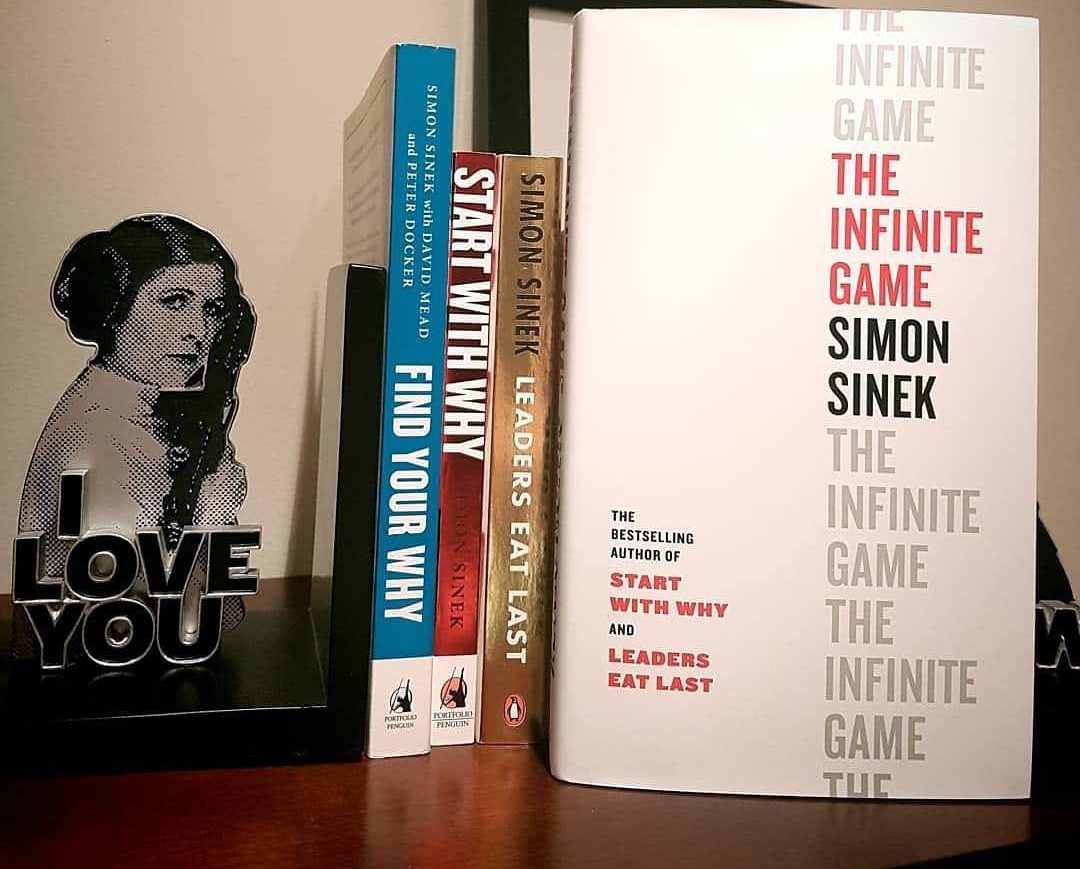
Most entrepreneurs get sucked into finite games, goals, or tasks. After enough time, a consistent focus on the finite game will inhibit your creativity, lower your standards, and elevate your win-at-all-costs mentality.
You have to keep your mind focused on your Infinite Game. An Infinite Game is driven by a just cause. It’s driven by a mission statement that is bigger than any one person, any one product, or even any one goal.
Sinek describes a just cause this way: “A just cause is a specific vision of a future state that does not yet exist; a future state so appealing that people are willing to make sacrifices in order to help advance toward that vision.”
The difference between the “why” and the “just cause,” which is the first practice of the infinite game, is that the why comes from the past. It is the sum total of who we are. It is objective and it never changes, and we have only one of them. The just cause is a vision of the future. It is subjective and changeable, and you can have more than one. The infinite game is less about where we come from and more about where we are going, and understanding the world in which we operate.
If you don’t have this just cause, you will eventually get sucked back into the finite game. Having a just cause can help an entrepreneur make decisions understanding that they are not working for a certain title, position, a certain profit margin, or stock price.
If you need proof for how failing to identify your just cause can derail an entrepreneur, take one of the most entrepreneurial organizations of the last century — NASA:
In the early 1960s, NASA set out the goal of getting to the moon before the end of the 60s. As audacious as that goal was, it was simply that — a goal. It was not a just cause. We all know that NASA eventually did put a man on the moon in 1969. They accomplished their goal, but they failed to prepare for lasting, generational impact. That is why they have slowly declined over the last five decades, ending with the close of the Space Shuttle program in 2011.
Finite Vs. Infinite Leadership
A finite game is defined as known players, fixed rules, and an agreed-upon objective. An infinite game is defined as known and unknown players, the rules are changeable, and the objective is not to win—the objective is to keep playing, keep perpetuating the game.
When you pit a finite player against a finite player, the system is stable. When you pit an infinite player versus an infinite player, the system is also stable. Problems arise when you pit a finite player against an infinite player. A finite player is playing to win, but an infinite player is playing to keep playing. As a result, they will make very different strategic choices.
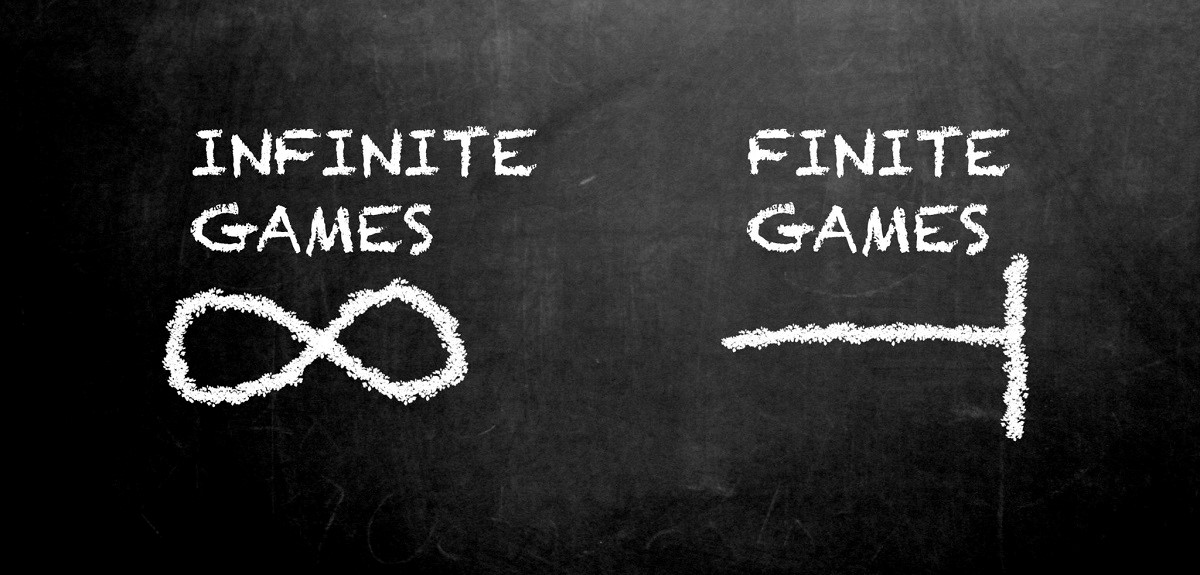
What ends up happening is that the finite player will always find themselves in a quagmire, racing through the will and resources they need to stay in the game. This is what happened to the United States in Vietnam. It’s not so much that America lost the war, it’s that America was fighting to win, and the North Vietnamese were fighting for their lives. America didn’t lose, they ran out of the will or the resources to stay in the game and dropped out of it.
“But an infinite game is not the absence of a finite game: It is the context in which the finite game exists. And the traditional metrics still have value. But they can’t be unbalanced. I am a big believer in team incentives. And also include behaviors other than performance. Things like trust, cooperation, and teamwork should also be considered in people’s compensation,” Sinek shares.
It’s not a question of right or wrong. It’s about what kind of company we want to build. We do not get to choose the rules of the game of business. The only choice we get is how we want to play. The choice to play with a finite mindset comes with costs: the cost of trust, the cost of cooperation, the cost of innovation, and the cost of longevity. The choice to play with an infinite mindset may mean the growth numbers are a little slower than your friend’s down the street. But the goal is not to beat your competition. The goal is to outlast them.
Applying Infinite Game Mindset in Business
First, you have to have a just cause – a cause so just that you would willingly sacrifice your interest to advance that cause. Building your business around your just cause means that you need to value people over profit. It means that you work hard to create an environment where you can “feel inspired every morning, safe when you are at work and fulfilled at the end of each day.”
Second, you have to have trusting teams. It means that we work with and for people such that we can raise our hands and say, “I made a mistake or I’m scared or I have troubles at home and they’re affecting my work,” without any fear of humiliation and retribution.
Third, you have to find a worthy rival. They reveal to us our weaknesses; that’s what makes us so uncomfortable in their presence or when their names come up. Instead of getting angry about them, try to learn what it is about them that people admire and love so much, and maybe focus that energy into working on ourselves.

Fourth, you have to have the capacity for existential flexibility. This is much bigger than the daily flexibility that we need to have in our jobs. An existential flex is the capacity to make a dramatically huge strategic shift in an entirely new direction to advance our cause.
And finally, you have to have the courage to lead. That means the courage to say, “That’s bad for business, and I’m going to do it differently.” People may call you naïve and say you don’t understand the business. You may say they don’t understand the game they’re playing. That takes tremendous courage.
“Infinite-minded leaders understand that “best” is not a permanent state. Instead, they strive to be “better.”
– Simon Sinek
In order to be infinite, entrepreneurs must be willing to look beyond their immediate circumstances towards the unknown. Doing something that you are good at but doesn’t serve your just cause is not success. It is passivity. You can be great and not alive. You can be rich and miserable.
Let’s take Walt Disney for example: Sinek points out that Disney had a just cause to inspire people with creative storytelling. He pioneered some of the most successful and, at the time, stunning advancements in film. But in the early 1950s, Disney was heading a very successful studio company and he felt like he was slipping away from his just cause — leaning more towards the finite game than the infinite.
So he changed gears, almost completely. He began to architect a new vision of a magnificent, story-driven theme park. In 1954, he went on to open Disneyland in California. Many see Disney today as an epitome of a successful, industry-shaping entrepreneur. But fewer know the ins and outs of how Disney got to that titanic level. He did it by playing the Infinite Game!

